Plants Ideal for Colorado Summer Landscaping
You're thinking of sprucing up your yard this summer but don't want to waste time or water on plants that won't thrive in Colorado's climate. According to Bankrate, professional landscaping can increase a home's value by 15% to 20%. As a local landscaping service, we've seen what grows best season after season. Here are some plants and landscaping tips that are ideal for Colorado summer landscaping. Let's take a look for more information!
Drought-Tolerant Perennials
The first group to consider are perennials adapted to our low-water landscape. They may need a drink during establishment but then can survive on rainfall alone. Yarrow spreads happily in sun or shade with feathery foliage and small pom-pom flowers. Catmint blooms all summer with fuzzy lavender spires that attract butterflies. Coneflowers offer striking red or orange daisy flowers atop tall stems. Plant these water-wise beauties and you may never need to irrigate them again.
Long-Blooming Shrubs
Shrubs add structure, color, and wildlife habitat to any garden. A few shrubs well-suited for Colorado that blossom for months are Russian sage, butterfly bush, and rose of Sharon. Russian sage sports purple flower spikes from July through fall frost that waft a light fragrance. Butterfly bushes, especially the dwarf cultivars, provide nectar for butterflies and a show with blue or pink blooms. Rose of Sharon bears trumpet-shaped flowers of white, pink, or purple off and on from summer into fall. Water these shrubs deeply a few times each month for lush growth.
Showy Annuals
Nothing beats annuals if you want non-stop summer color without long-term commitment or irrigation. Marigolds, zinnias, and sunflowers light up any garden bed. For pops of unexpected hues, try cosmos, celosia, or gomphrena. You can also plant patios and walkways with trailing petunias, lobelia, or dwarf verbena. Renew these flowers each spring for a kaleidoscope of color. You can beautify any yard affordably!
Hardy Groundcovers
While you're choosing plants, why not pick some tough-as-nails groundcovers too? These spread to form a living protective mulch over bare soil. The drought-tolerant options that thrive without summer water include creeping thyme, wooly thyme, ice plant, and Sedum. Plant them in the sun or partial shade between shrubs, under trees, or to stabilize slopes. Soon, their tightly woven foliage will out-compete weeds for your benefit with little effort from you.
Adaptable Perennial Vines
Some vine climbers add vertical greenery, floral displays, and even shade. Clematis scrambles over arbors and fences, bursting with colorful blooms from late spring into fall. Wisteria and trumpet vine offer similar long-blooming flower shows but need sturdy structures for support. For a fast-growing screen or shade, ponder the Mexican flame vine with its bright cinnamon foliage and orange tubular flowers. Try pairing one with a trellis or arbor for multidimensional appeal.
Beyond Annuals and Perennials
While workhorse plants provide the bulk of your landscape, consider mixing in a few exotic or unusual additions. For fall color, plant Japanese maple or smoke bush. You can also introduce strange sculptural forms with aloe, agave, or hardy bamboo. For fragrance, try lilac or mock orange shrubs. Even a small potted olive or citrus tree adds a Mediterranean flair. Having a variety keeps visual interest year-round, whether tending yourself or hiring a local landscaping service for expertise.
Top Picks for North, East, and West Yards
Exposure affects what thrives, so choose plants befitting your site's sun or shade. For north and east-facing yards, pick plants adapted to part sun including hostas, ferns, coral bells, and astilbes. Blue fescue grass blades sway attractively without sunburn. For the warmer west side, opt instead for sun lovers like agastache, daylilies, salvias, or ornamental grasses. Morning sun with afternoon shade suits a mix suited to both, like Lamium, asters, or bergamot. With the right combinations, every yard can look lush all summer.
Trees for Structure and Shade
Landscaping isn't complete without trees. Popular natives are rocky mountain juniper for its blue color, green ash for fast growth, and cottonwoods that mature to immense heights. Catalpa provides delicate leaf patterns and early summer flowers. Colorado blue spruce or white fir lends to a classic evergreen form. Cherries, crabapples, or plums flash spring blooms before offering summer shade. Whether you select a single specimen tree or grove of natives, trees tie a landscape together for generations with shade, wildlife shelter, and natural grace. Work with an arborist or professional local landscaping service to choose and properly plant trees for safe, healthy growth.
Low-Care Lawn Alternatives
While grass makes a lush green carpet when watered, it's far from low-maintenance here. Consider colorful, kid and pet-friendly groundcovers needing less irrigation like field sod, creeping thyme, or white clover for lawn substitutes. You can also gravel a high-traffic area ringed by succulents like stonecrop sedum requiring a mere occasional weeding. Wood mulch maintains moisture without supplemental watering once in place. For eco-friendly patios or walkways, consider a decomposed granite set with edging. All professional landscaping techniques raise a home's worth. Don't be afraid to reach out to your local landscaping professional if you have any questions.
Xeriscape Like a Pro
If you're truly dedicated to water-wise style, study xeriscape principles used by local landscaping services. Group plants with similar irrigation needs together. Use gravel, mulch, or hardscape to cover significant portions for reduced evaporation. Direct sprinklers inward or install drip systems that deliver water only to the roots. Consider using rainwater harvesting or greywater systems. Such sustainable designs not only save substantial water, but they result in little maintenance for years to come, giving continued enjoyment without stressing the environment or your budget.
Edible Landscapes for Fresh Produce
Why not grow some of your own herbs, berries, or veggies right outside your door? It's easy to incorporate edibles into traditional landscaping designs. Plant a border of raspberries, blueberries, or currants that produce for months while filling other spaces with tomatoes, peppers, zucchini, or squash. Herbs like basil, oregano, and thyme season meals are fresh from the garden. With a little more effort than decorative plants, you can supplement meals effortlessly. For watering concerns, drip irrigation, and mulch help keep edibles thriving in Colorado's dry summers.
Sustainable Strategies for Your Yard
As climate changes, we must all adopt more environmentally responsible landscaping. Using native species appropriate to our hardiness zone conserves water and provides habitat to wildlife adapted to the local ecosystem. Leave areas not mowed to allow indigenous grasses and weeds to prosper naturally. Compost yard trimmings and kitchen scraps to return nutrients to the soil. You can also add planters, porous pavers, or a rain garden to capture and filter runoff. Such sustainable strategies not only help our yards survive but keep our shared watershed healthy for generations to come. Your reduced yard care needs also save money that can fund continued improvements or expansions over time.
Coming home to a sanctuary of lush greenery and fragrance can lift anyone's mood. Yard projects don't need to overrun your schedule or budget. Focus on one defining element, like a new planting bed or water feature each season. Whether maintained yourself or in partnership with a
local landscaping service, a thoughtfully planted Colorado home landscape should serve for relaxation, recreation, wildlife enjoyment, and home appreciation for years. May your outdoor living spaces always nourish your soul, body, and community. When you're looking to hire a professional to help with your Colorado landscaping, we are here to help. Reach out today for an estimate at Ward's Lawn Service.
Serving Boulder, Dacono, Firestone, Frederick, Ft Lupton, Lafayette, Longmont, Louisville, Mead, Niwot, and Superior, CO
OUR SERVICES
RESOURCES

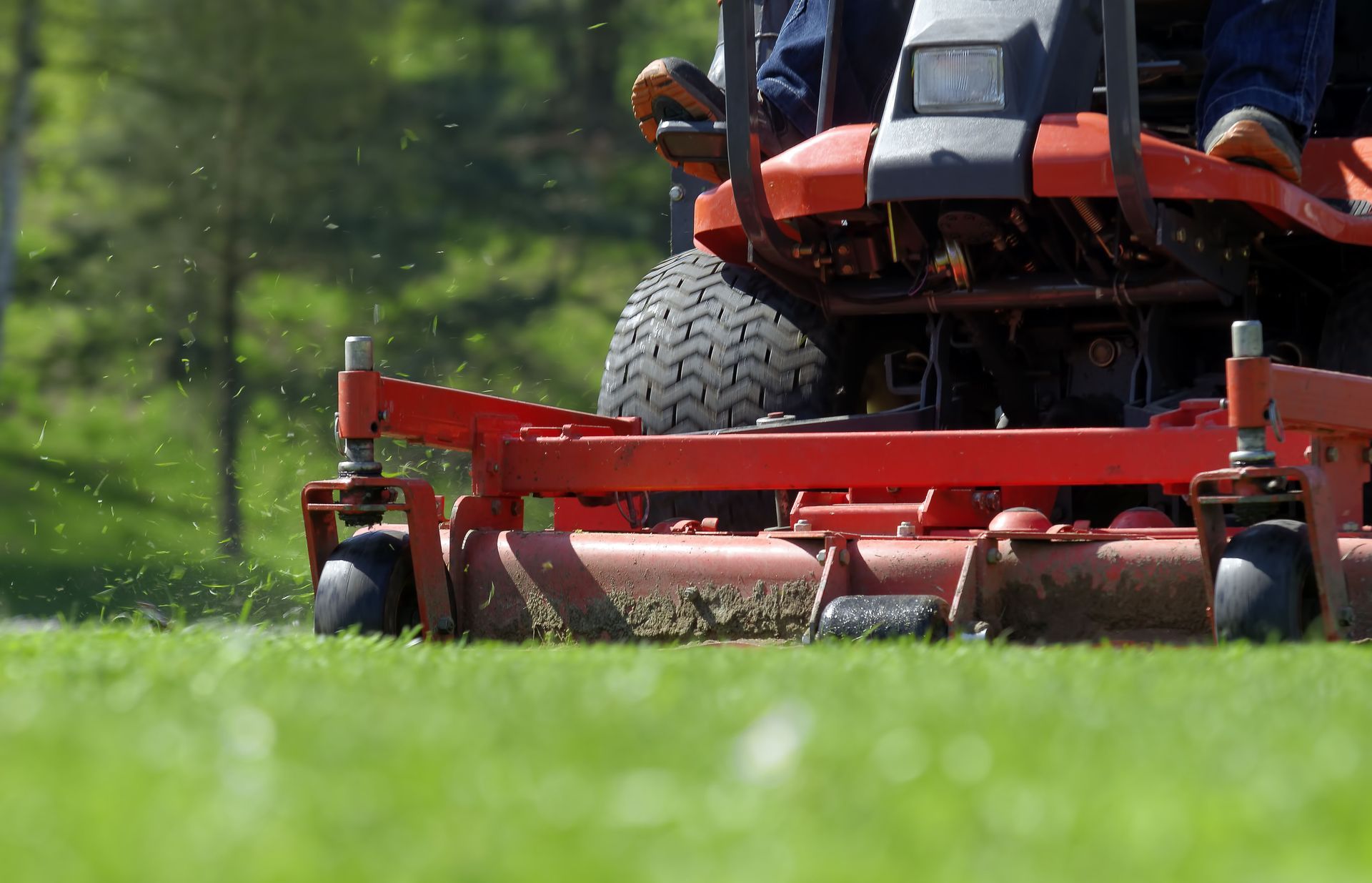

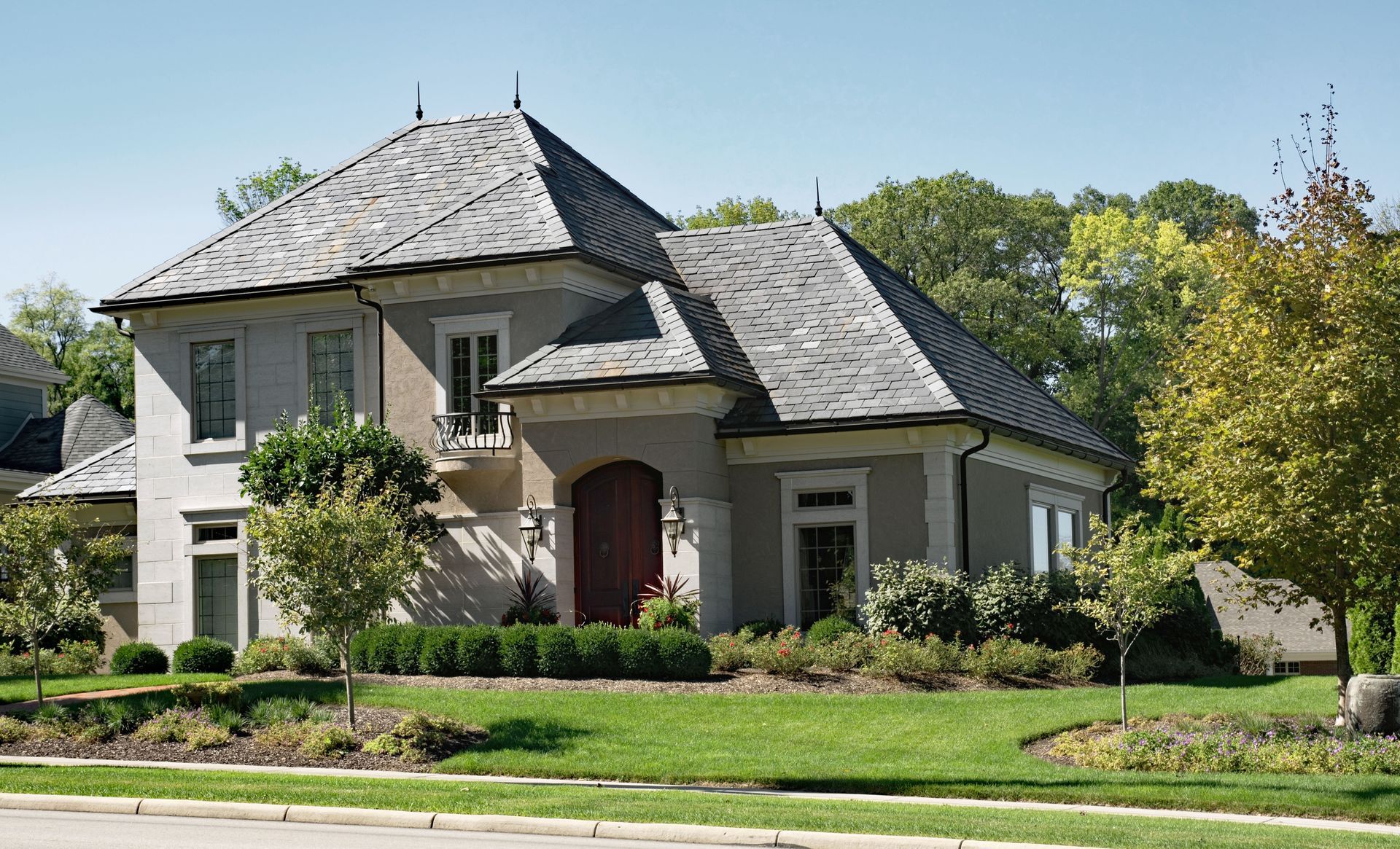
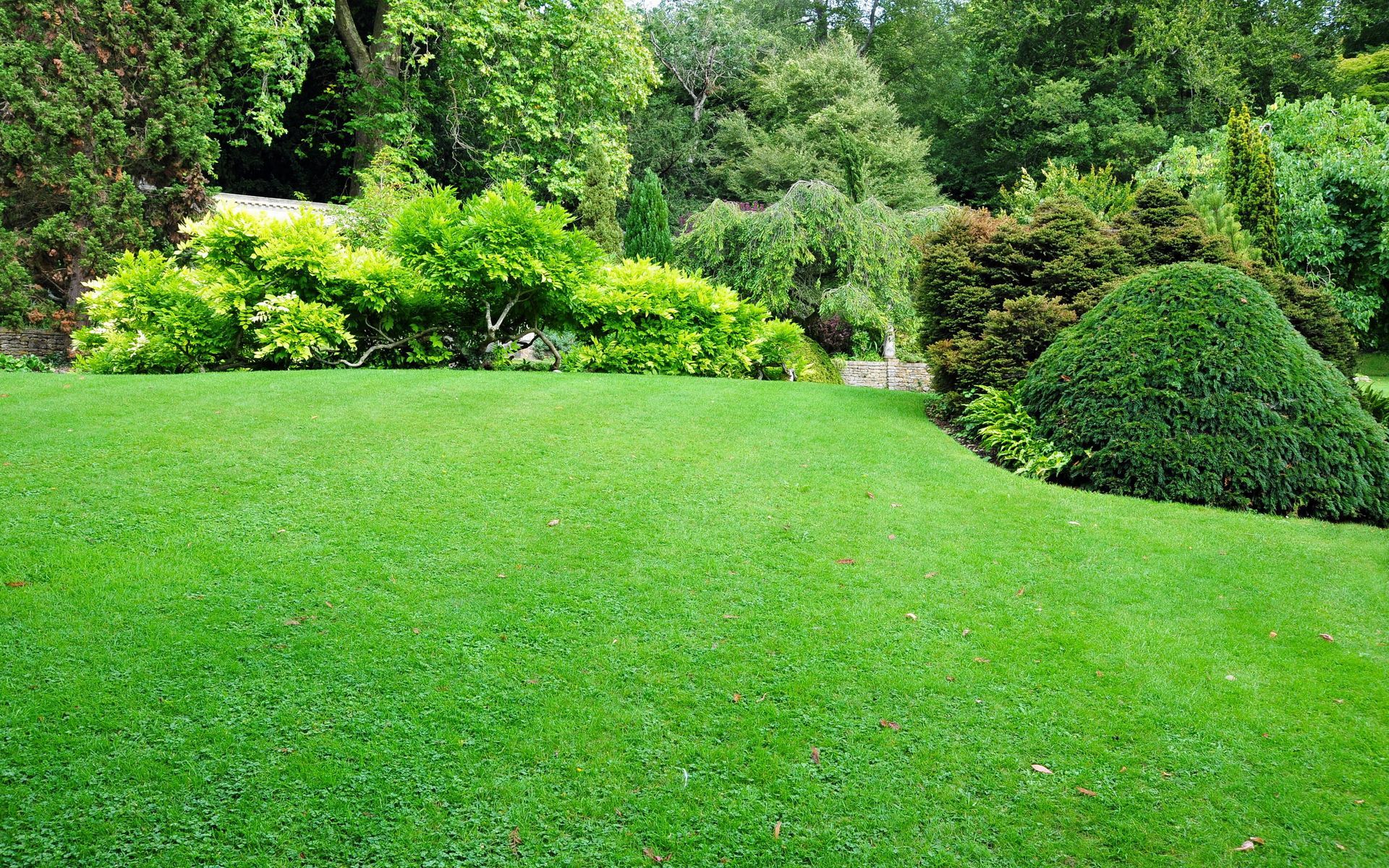
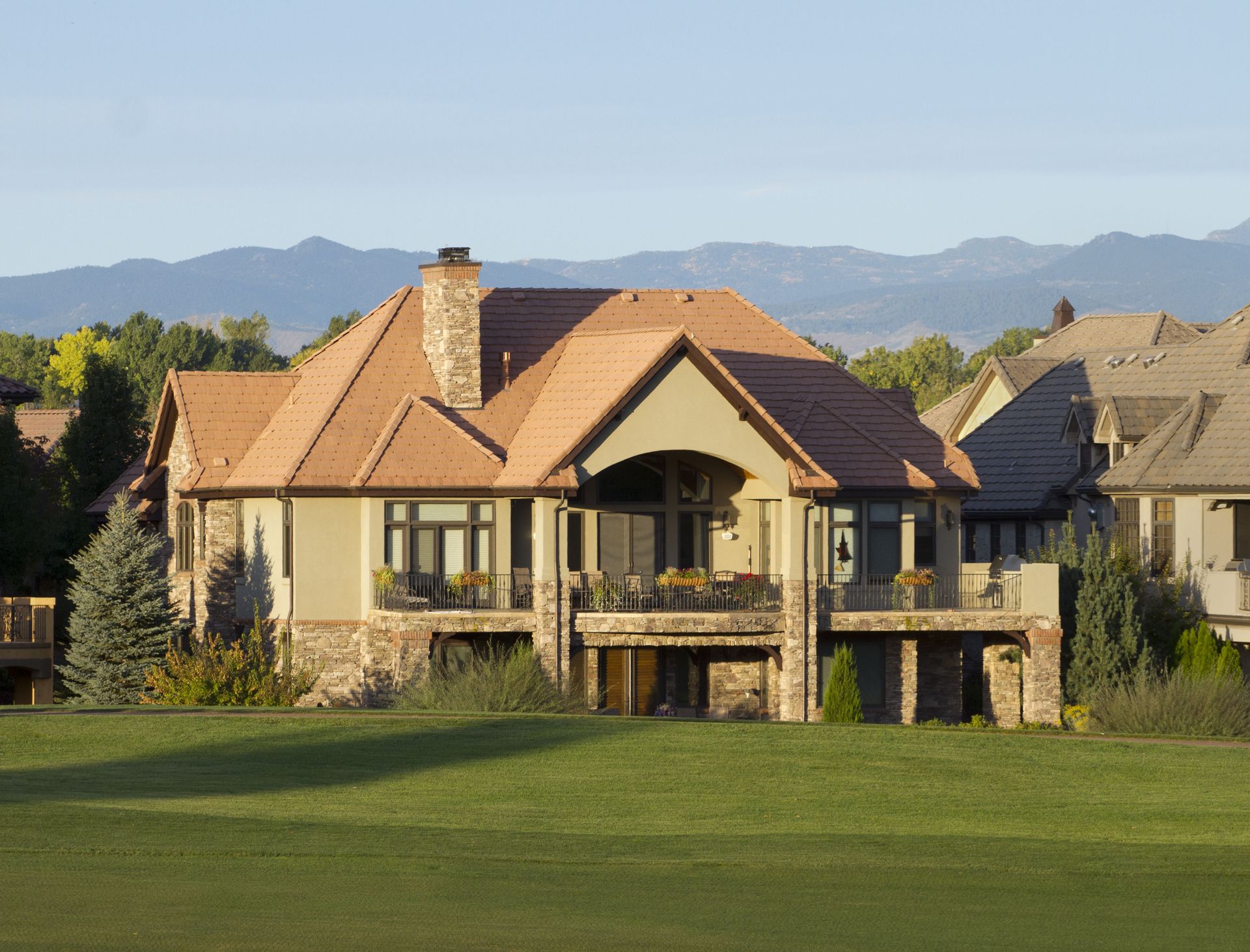
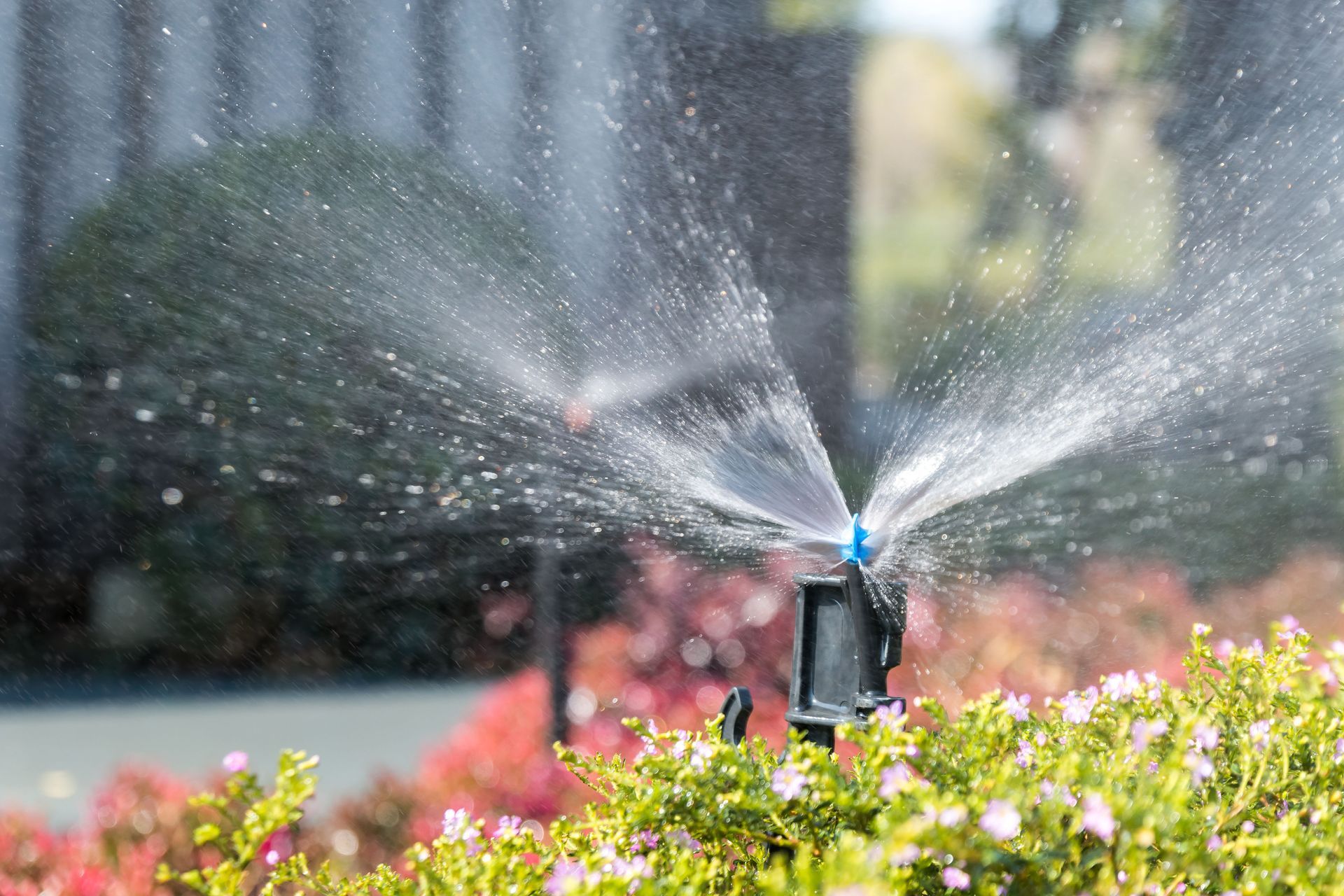
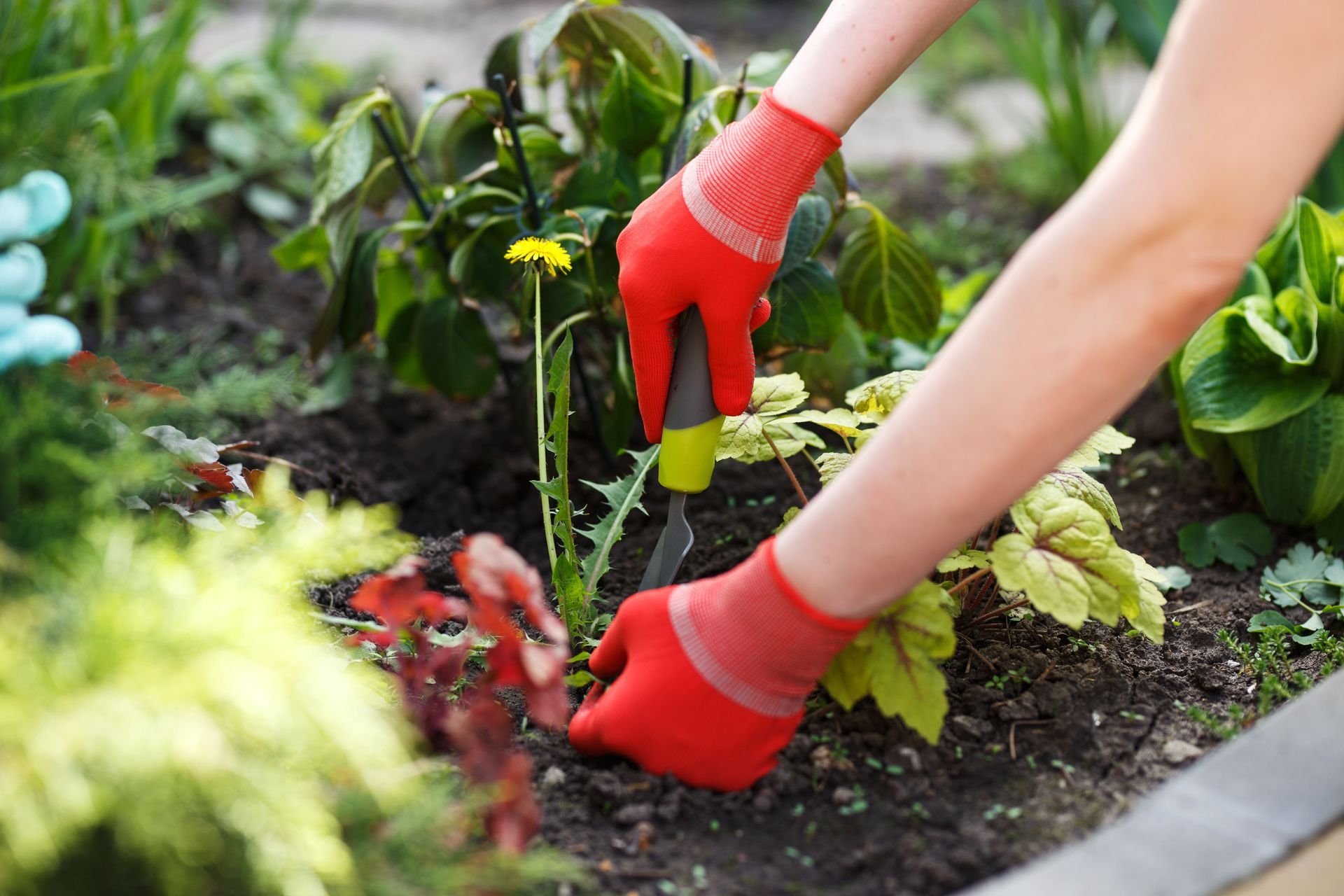
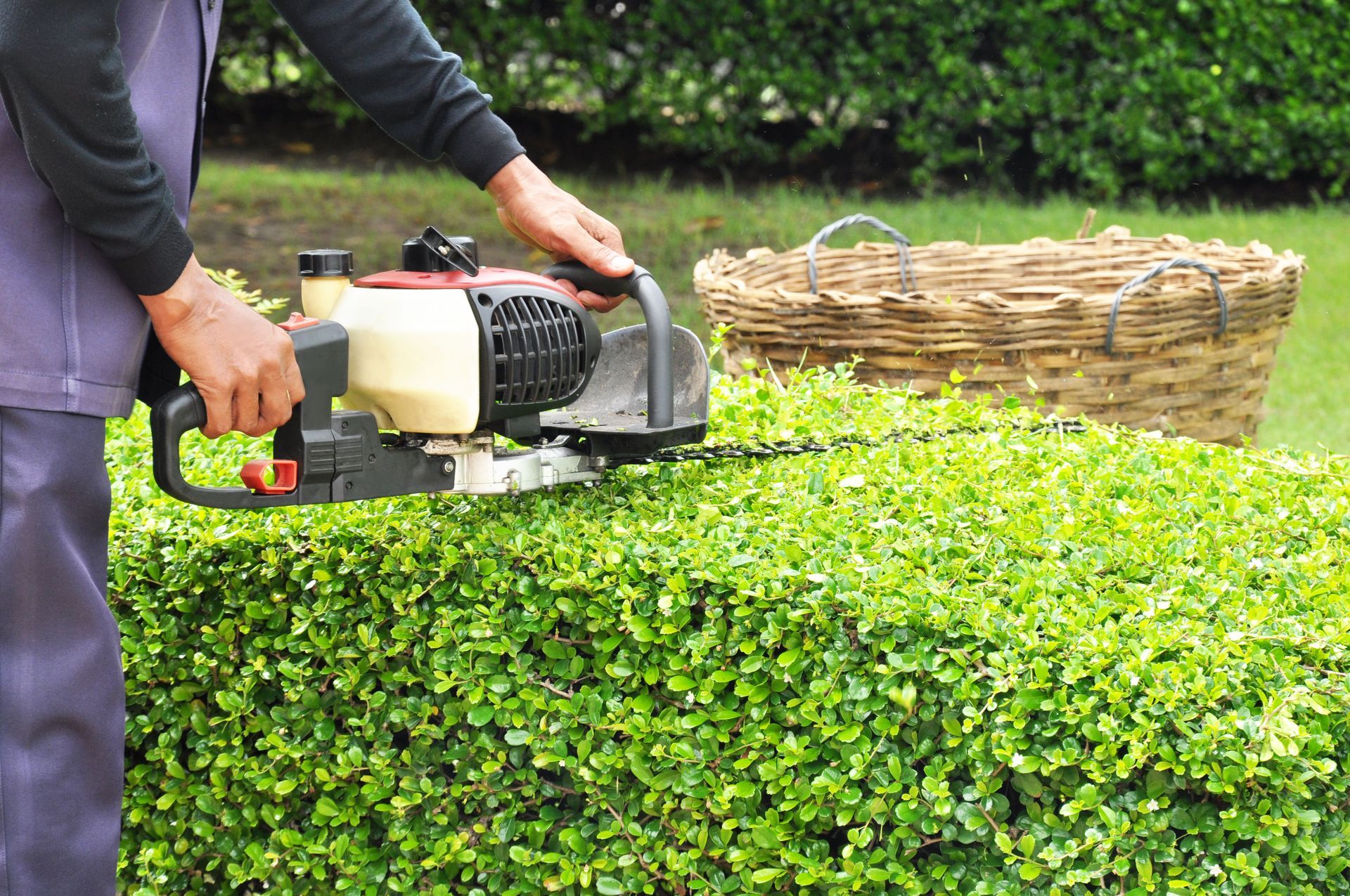
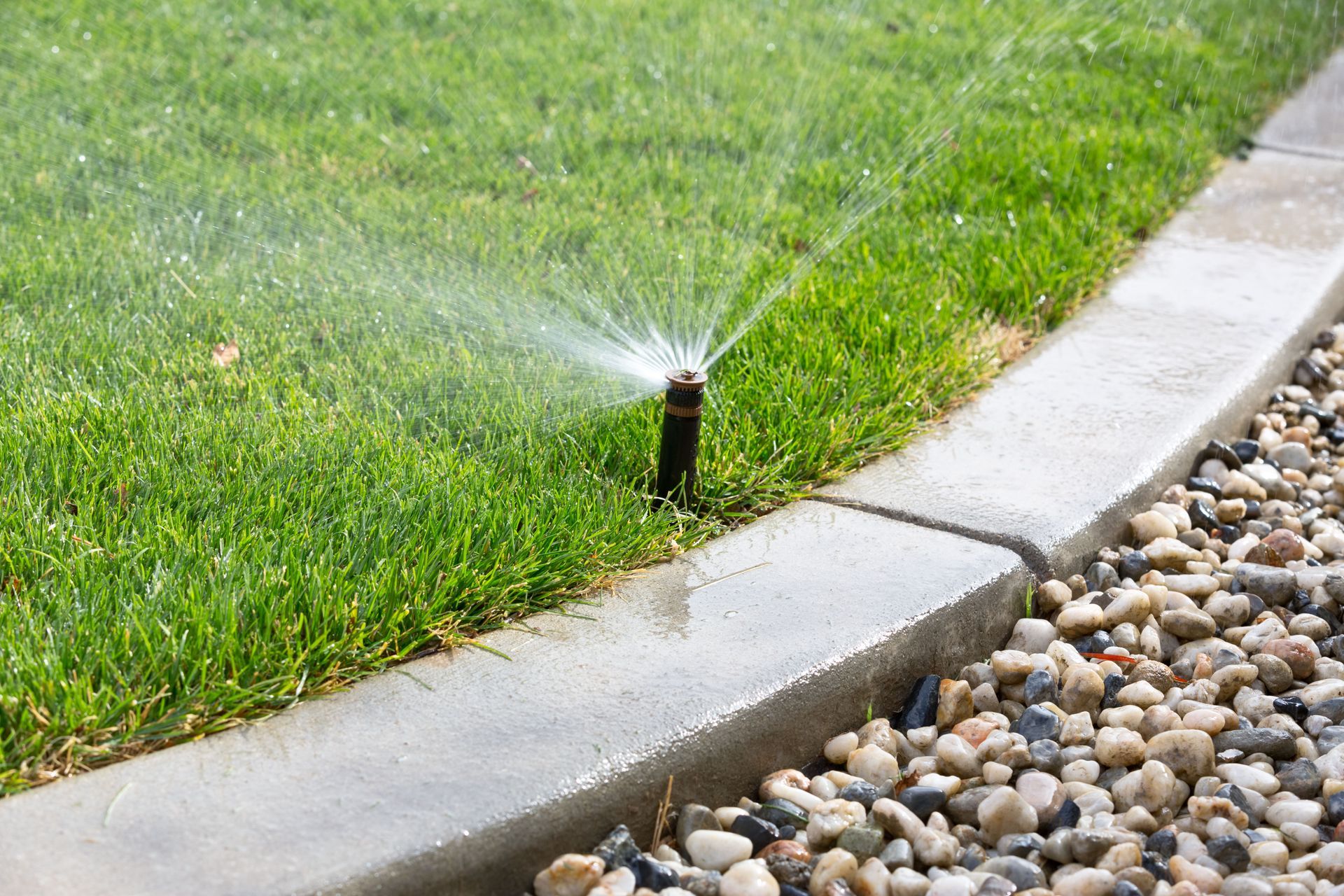
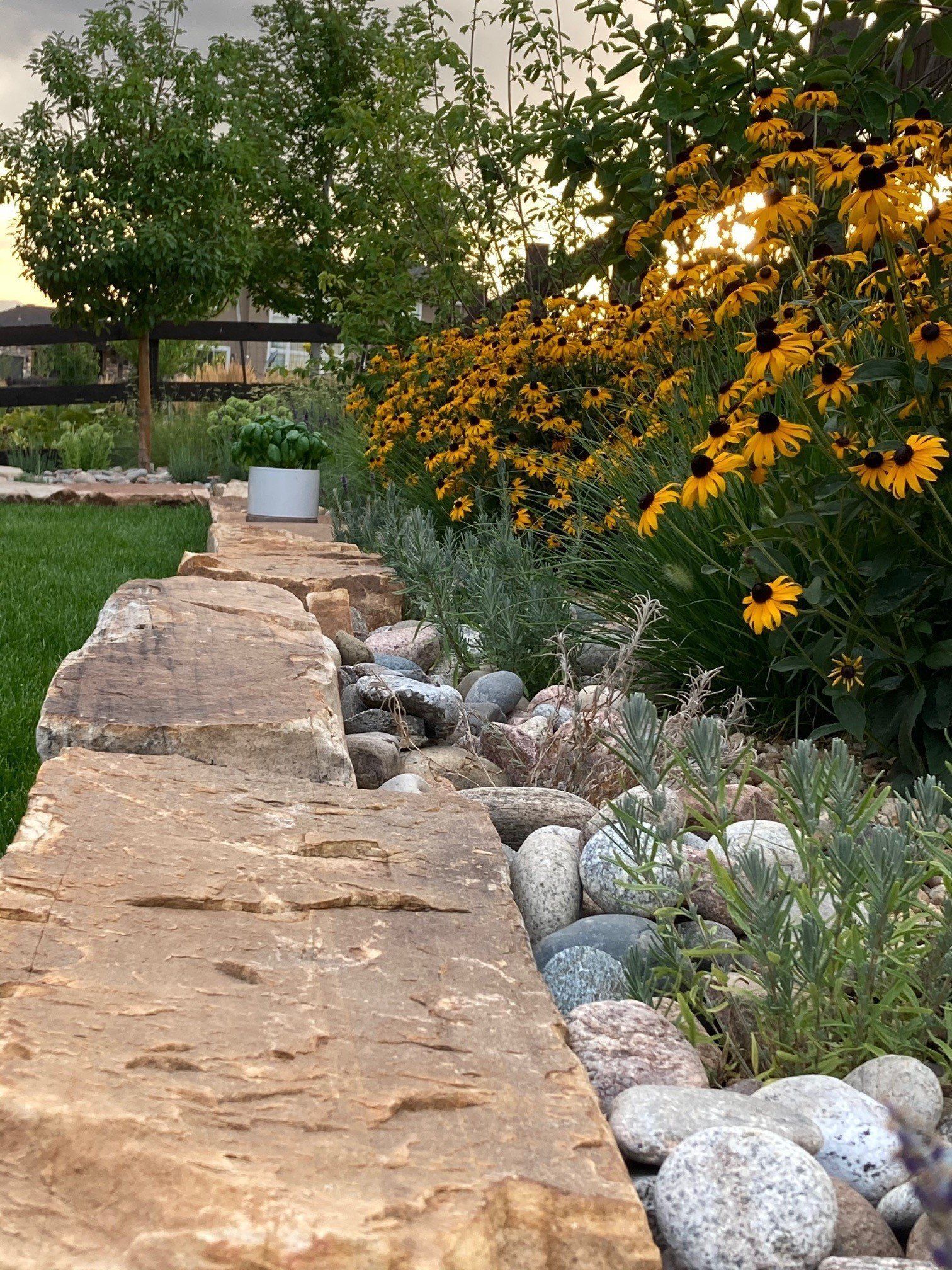
Share On: